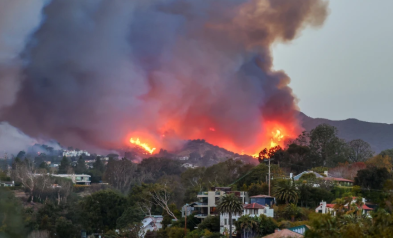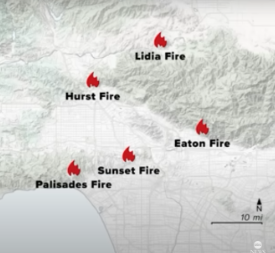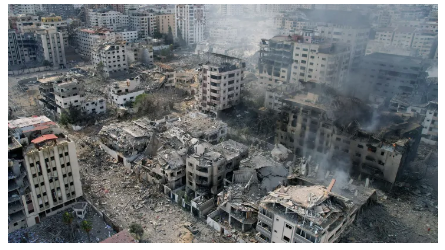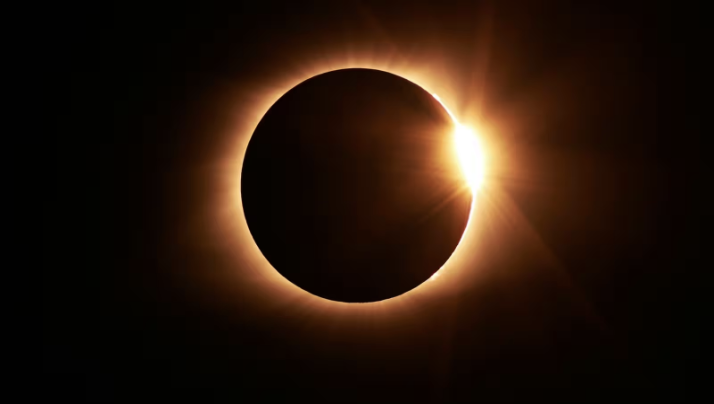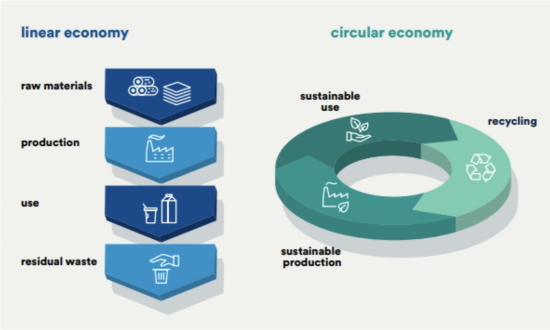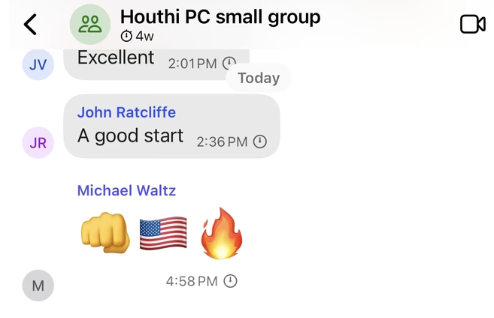The first flames of the deadly fires in the Palisades began on January 7th, around 10:30 am. This southwestern region of California has had a history of experiencing fires over the past few years, during hot and dry conditions of late spring or summer. Seventy mph harsh winds from the Pacific coast are currently fueling the fires as of the time of writing this, unleashing new fires across the Santa Ana area of California. Across the southern area of the state, an estimated ten million people are being urged to evacuate due to dangerous fire conditions.
Situated at the bottom of the Santa Monica mountains, the Palisades typically avoid damage caused by wildfires, since the winds from Santa Ana typically blow fires to the north of the Palisades. However, due to hurricane-force winds and dry conditions, wildfires were swept right into the wealthy neighborhoods of the Pacific Palisades. Within the span of roughly thirty minutes, the fires had grown from encapsulating ten acres to encapsulating 200 acres, with no progress being made on containing the flames. Neighbors around the highlands area of the Palisades, one of the first areas to experience the fires, rallied together by using water from their pools to attempt to put out the flames. By 2:30 pm, roughly four hours after the first sightings of the fires, the Pacific Coast Highway was faced with heavy traffic jams and road closings due to the large number of people attempting to evacuate the area. By 3:00 pm, California’s governor, Gavin Newsom, declared a state of emergency and urged all residents of surrounding towns to evacuate.
By nightfall of January 7th, the fires engulfed an approximated 1,262 acres and showed no signs of stopping soon. Alongside the Palisades fire, two additional fires in surrounding towns began: The Eaton fire, just North of Los Angeles, and the Hurst Fire, just northwest of the Eaton fire. Hurricane-like wind conditions complicated the attempts to put out the fires, forcing first responders to halt their operations of dropping water on the flames. By January 8th, two new fires emerged, named Lidia fire and Sunset fire. By the end of the day on January 8th, the Palisades fire was reported to have swept through 17,234 acres of land, with 0% containment.
On the following day, the Sunset fire was reported to be fully contained after sweeping through 40 acres of land, thanks to the help of locals and first responders. However, by 3:00 pm on that day, the Kenneth fire broke out in the western highlands and began to burn through 50 acres of land. The Palisades fire had reportedly grown to around 20,000 acres, with merely 6% containment, and the Eaton fire had grown to around 14,000 acres with 0% containment. The cause of all this is still unknown, as Governor Newsom has since launched an investigation regarding possibilities for the breakout of fires.
As of the time of writing this, the Palisades fire has ravaged through 23,448 acres of land, with a reported 94% containment, with the Eaton fire having burned 14,021 acres with 98% containment. A recent rainstorm that swept across southern California aided in halting the fires, but also left the impacted areas under high risks for mudslides. Flash floods and falling debris are all of great concern to residents who are slowly returning to their towns—at least those that are still standing. These fires have certainly posed a grave reminder to many about the importance of fire safety, as well as tested the perseverance of many Americans impacted. The efforts of many brave individuals serve as a testimony of unity in our nation, amidst social, political, and environmental chaos. Our hearts go out to all those affected by these deadly fires, and we hope we can persevere through this dark time as a nation.

